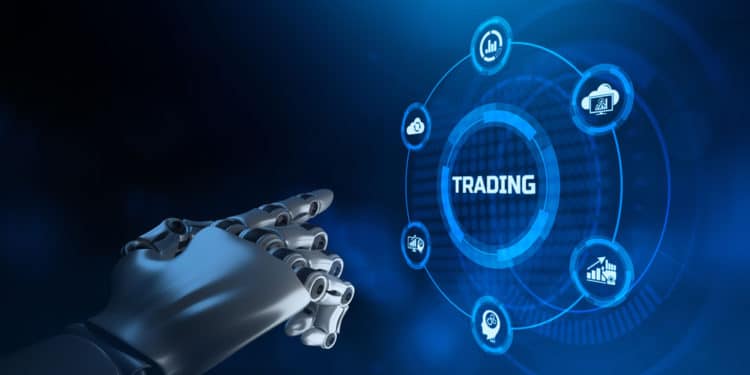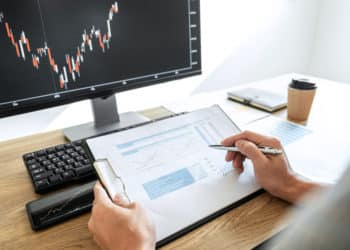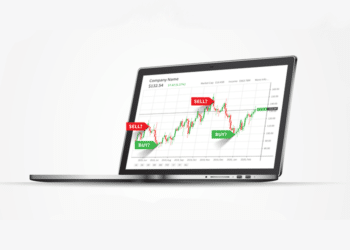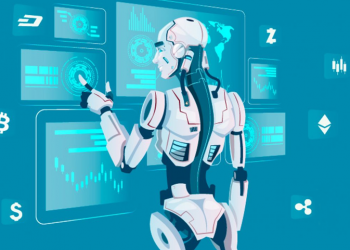Not too long ago, the Forex market was distinguished by deals carried out over the phone by the investors who were tied to various institutions, as well as non-transparent price information. The market was not too highly concentrated, and there was a clear demarcation between trades that occurred between the dealer and customers and those occurring between dealers. These days, thanks to advanced technology, deals can be completed swiftly using computers, and prices are more or less transparent.
Automated trading is another major change to occur in the foreign exchange market, and while it offers a lot in terms of convenience, it also comes with its fair share of risks. Let us now discuss this topic in detail.
What is Forex automated trading?
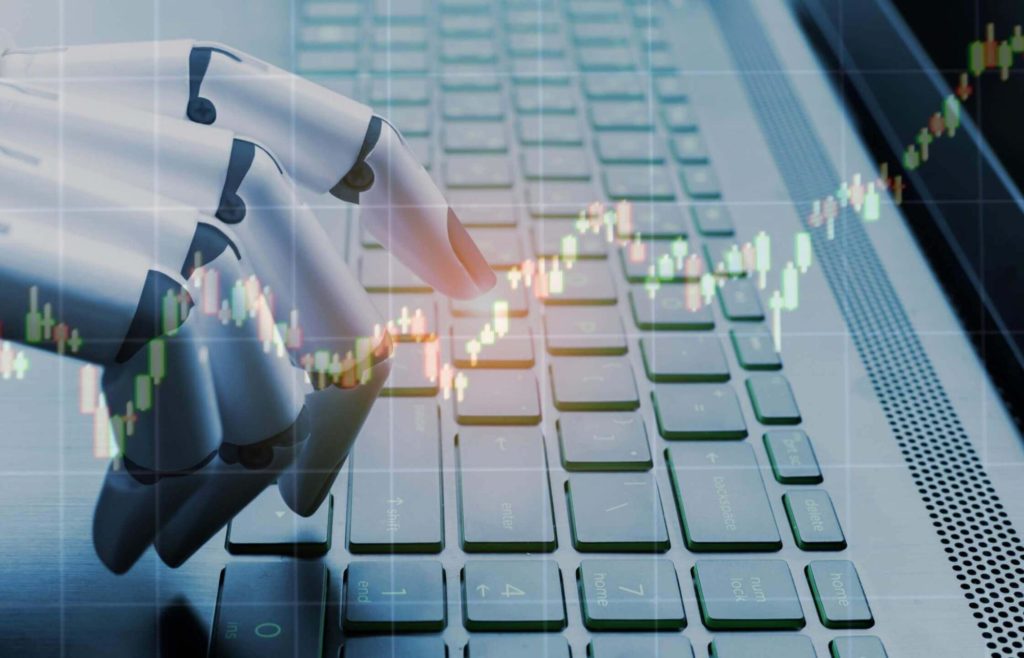
Although Forex automated trading is based on fairly complicated technology, it uses mostly technical oscillators for price analysis. Let us consider a simple instance of a Forex EA where an individual writes a code for trading software and programs it to purchase a particular currency against another on the condition that the short-term MA exceeds the long-term MA. In the same way, they instruct the program to let go of the currency once a fixed number of pips are gained.
Therefore, this program will be able to take Forex trading decisions without any manual efforts from your end. Today, you will find many Forex trading platforms that let you create your own automated software using an algorithm based on technical analysis.
Seasoned Forex traders can use these systems to monitor and execute trades after incorporating rules for managing money and definite entry and exit rules. This is a great way to take the emotional factor out of Forex trading since the automated trader places the trade based on a solid rule whilst disregarding emotions and whims.
Algorithmic, automated, and quantitative trading
Many traders tend to get these three terms mixed up, so it’s important to know the differences between them.
In algorithmic trading, an algorithm is used for transforming a trading plan into an automated strategy. In order to gauge the effectiveness of this strategy, you can use it with archival data and then execute it automatically or manually.
Automated trading, on the other hand, involves the complete automation of the trading process. This includes generating the order, submitting it and finally executing the trade.
And, quantitative trading uses complex statistical and mathematical concepts for carrying out a Forex strategy built on an algorithm.
Advantages of automated trading
Automated trading offers you a number of advantages. Let us consider each of them.
Placing trades anytime
Most of us have busy lives, and it’s not possible to keep an eye on the trading screen at all times. Here is where automated trading comes in. It lets you place your trades even while you are getting some shuteye.
Backtesting
Backtesting a manual strategy is not easy at all, but with automated trading, this becomes simple. Some of the top trading platforms provide backtesting information to their clients without charging anything extra for it.
Diversification
Several Forex players use automated and manual trading simultaneously. For instance, you might have the confidence to trade in a certain currency pair while another one is a daunting prospect as manual trading has led to unsatisfactory results in the past. In that case, you can use an automated system when it comes to unstable pairs.
Overcoming challenges
Every forex trader has to deal with the dilemma of when to lock in their trade. If you had faced such problems before or never managed to gather up the courage to conduct manual trading, a trading robot is a viable alternative.
Overcoming time constraints
You might be interested in currency trading, but what if you just can’t find the time to do it after finishing all your household chores? Using an automated system, you can take part in currency trades even if you have an insufficient amount of time available.
Disadvantages of automated trading
It is natural that no tool is universal, and there is no panacea in trading. Automated trading does have its disadvantages as well. Below are the drawbacks of automated trading.
Dependence on technology
Automated systems are far from perfect, and according to financial experts, they will fail sooner or later. Sometimes there might be successive failures because of a small bug in the code. It happens to large banks as well, as proven by the 2010 stock market fiasco, which led to the loss of trillions of dollars.
Overfitting
This refers to the creation of a trading model with too much data. While feeding the system with a whole lot of archival data is a common practice, it can make it resistant to change, which means you won’t be able to alter the strategies based on future scenarios. Thus, excessive backtesting can lead to a positive bias.
Automated trading in the Forex market
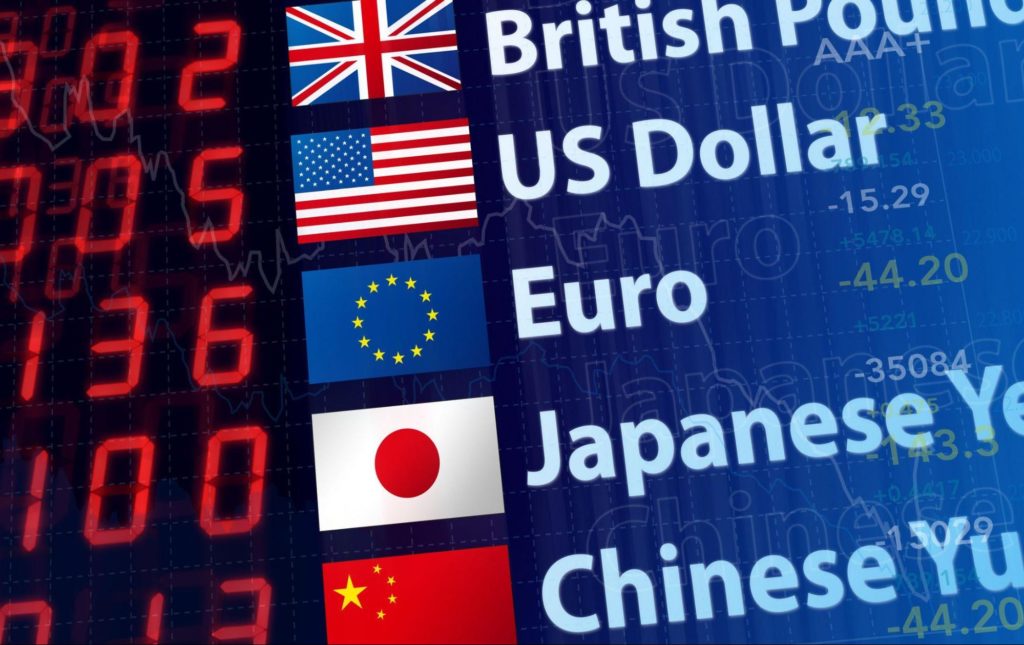
The popularity of automated trading can be attributed to the simple fact that it allows you to save a lot of time. It is much more efficient in comparison to manual trading and is able to enhance the speed of market price quoting while bringing down the hours spent doing manual work. Some institutions use automated trading for reducing risks by maintaining quantitative consistency for certain currencies.
Is forex automated trading profitable?
Through automated trading, you can overcome some of the major disadvantages of manual trading, which includes emotional decision making and constant monitoring. That being said, there are a lot of variables to consider while building a robot, and many financial gurus dismiss them as scams and novelties. But, you can always try and automate an existing strategy that has brought you good results to date.
Conclusion
As it happens, automated trading is now an integral part of the Forex domain. But, relying too much on such systems can spell doom, so you should always exercise caution while using them. For better results, you ought to combine manual and automated strategies and have measures in place for mitigating risks.


